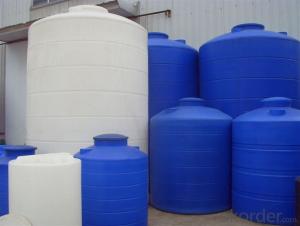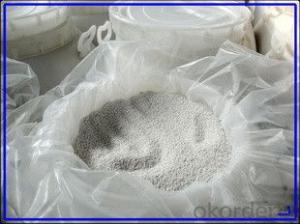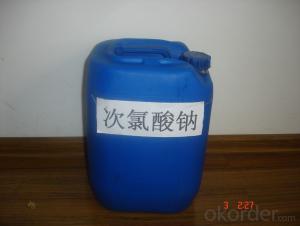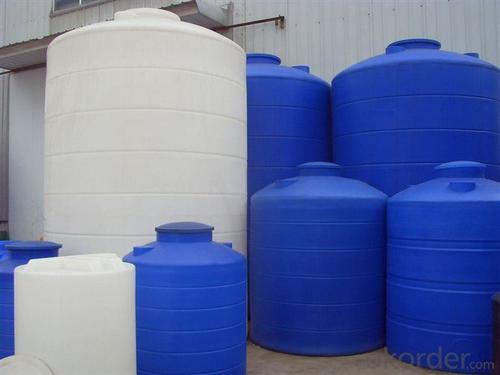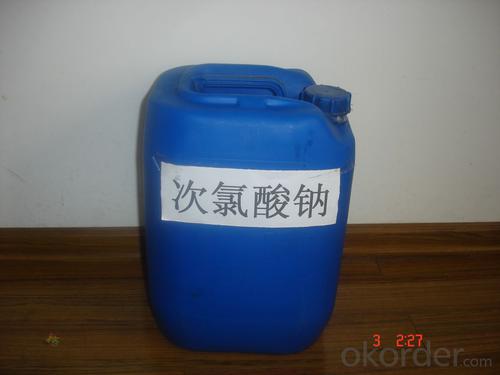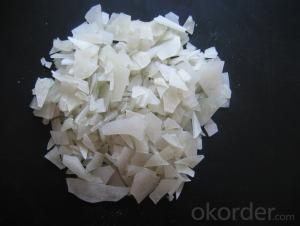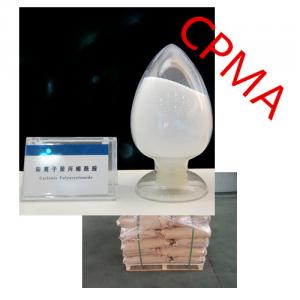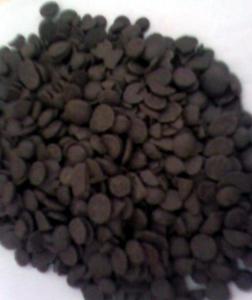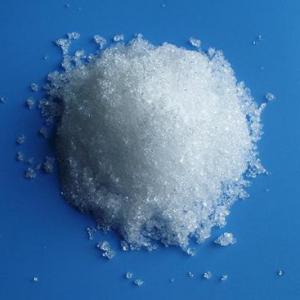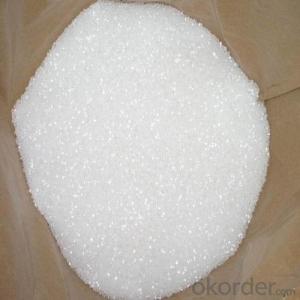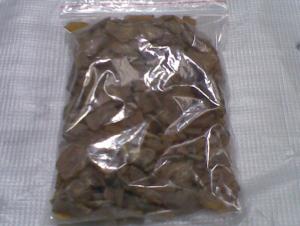Sodium Hypochlorite MSDS National Standard Quality
- Loading Port:
- Tianjin
- Payment Terms:
- TT OR LC
- Min Order Qty:
- 25 m.t.
- Supply Capability:
- 6000 m.t./month
OKorder Service Pledge
OKorder Financial Service
You Might Also Like
Sodium Hypochlorite
sodium hypochlorite 10%-15% for disinfectant Product details
CAS No.: 7681-52-9
Other Names: Sodium Hypochlorite
MF: NaOCl
EINECS No.: 231-668-3
Place of Origin: Tianjin China (Mainland)
Purity: 10%-13%
Classification: General Reagents
Brand Name: Xibeier Sodium Hypochlorite
Model Number: TX-SH01
Appearance: Yellowish solution
color: white
Application: For waste water treatment
Specification
NO | Test items | Model Specification | ||
Bb | ||||
I | II | III | ||
Indicators | ||||
1 | Chlorine ( Cl ) ≥ | 13.0 | 12.0 | 10.0 |
2 | Free Alkali ( NaOH ) | 0.1~1.0 | ||
3 | Iron ( Fe ) ≤ | 0.005 | ||
Appearance | Light yellow liquid | |||
Class: 8 UN NO: 1791 PG:III

Application:
Disinfection for swimming pool, drinking water, cooling tower and sewage and waste water, food, and farming, hospital, school, station and household etc
Good bleaching and oxidation in paper and dye industry.
Normal Packing: 30kg drum, 1200kg IBC Tank
Usage
Used in the water the purification, as well as made the disinfectant, the paper pulp to float waits in vain, in the pharmaceutical industry used the system chloramine and so on.
Why choose us
· 7 years golden supplier for chemicals products
· One of leading chamicals export and import in china
· Large storage in Tianjin port ,china and work with many brother manufacturers
· Total solution for chemicals in china,more products are upgrade
· ISO9001 is approval with high quality
· Free sample and E-catalogue /TS/SDS are available
· 7*24Hr after-sevrice,reply within 1Hr for the emrgency in the working time.
- Q: Is it faster or slower? The What if you do not?
- The junior middle school textbook is defined as "no reaction" but in fact the catalyst reacts first with a reaction and then the product reacts with other reactants, which will speed up the rate of reflection. Not all catalysts can speed up the reaction rate, but the organic catalyst is more efficient than the inorganic catalyst. "Hydrogen peroxide reacts with hydrogen peroxide more quickly than hydrogen chloride reacts with hydrogen peroxide.
- Q: What are the chemical reaction conditions in organic chemistry are catalyst and heating, please elaborate
- This really does not have omnipotent law, their own more than one point, you can classify to remember, when I was in high school is in accordance with the notes, such as poly, polycondensation and the like. In general, the double triple bond addition, plus halogen is not the conditions, plus HCl, HBr and the like to heat; dehydration reaction generally concentrated H2SO4 heating, dehydration condensation is also; there are some special, such as ethylene added to ethanol Special temperature requirements, it seems that 120 degrees, there are other; other addition poly, polycondensation some need catalyst. The The In short, the conditions are many, in general, you do not go to the high school to do more questions after the feeling, encounter problems do not panic general experience can come out according to experience, this also depends on the usual accumulation, if the equation conditions Wrong to deduct points, it is not worthwhile. There are some questions when the examination will give you some information, whether you know do not know should see clearly, although some of the reaction but the subject to the conditions are not the same, when you do according to the title to write conditions, this will not wrong. In addition, thank you for your help, I do not seem to know you
- Q: in acid-catalyzed reaction,there are some books show the acid catalyst as H+ and there are some show it as H3O+ .Are they the same?
- H+ is the ion contained in acids.... When acids are dissolved in water (H+)+(H2O)=H3O+ Both are the same......
- Q: And hydrogen peroxide
- I can only know that ferric ions can be, but in the iron oxide is not in the presence of ion
- Q: Seems intuitive that it wouldn't, but I dunno the qualitative difference between activation energy & Gibbs free energy. I'M TOO LAZY TO GOOGLE I GOTS STUFF TO DO
- A catalyst can change the activation energy not the Gibbs energy. The Gibbs energy is the energy difference between the initial state and final state. A catalyst cannot change that. Imagine you are driving from school to home. How you drive do not change the height difference between the school and your home. However, a catalyst can change your path which can change the routine you drive from school to home. So if there is a hill in between your school and you home, you have the choice to drive through it or drive around. Here is a picture: upload.wikimedia.org/wikipedia/co... A catalyst can change the height of the barrier, but cannot alter the initial or final state.
- Q: In the catalyst and light conditions to break down the water to get the chemical equation of hydrogen
- 2H2O = (light or catalyst) 2H2 ↑ + O2 ↑
- Q: How the catalyst accelerates the chemical reaction
- Reduced the activation energy required to reflect
- Q: Is palladium predominantly a catalyst in chemistry?
- Palladium in the chemical mainly to do the catalyst; palladium and ruthenium, iridium, silver, gold, copper and other alloy, can improve the palladium resistivity, hardness and strength, used in the manufacture of precision resistors, jewelry and so on.
- Q: the process of which the heterogeneous catalyst work in vehicles. a step by step instruction in how they work. :)
- The Reduction Catalyst The reduction catalyst is the first stage of the catalytic converter. It uses platinum and rhodium to help reduce the NOx emissions. When an NO or NO2 molecule contacts the catalyst, the catalyst rips the nitrogen atom out of the molecule and holds on to it, freeing the oxygen in the form of O2. The nitrogen atoms bond with other nitrogen atoms that are also stuck to the catalyst, forming N2. For example: 2NO =N2 + O2 or 2NO2 =N2 + 2O2 The Oxidization Catalyst The oxidation catalyst is the second stage of the catalytic converter. It reduces the unburned hydrocarbons and carbon monoxide by burning (oxidizing) them over a platinum and palladium catalyst. This catalyst aids the reaction of the CO and hydrocarbons with the remaining oxygen in the exhaust gas. For example: 2CO + O2 =2CO2
- Q: A substance involved in chemical reflection, but reflects the quality of the material before and after the change, you say it is a catalyst?
- The role of the catalyst is to change the reaction rate of the chemical reaction, which itself does not participate in the reaction! The
Send your message to us
Sodium Hypochlorite MSDS National Standard Quality
- Loading Port:
- Tianjin
- Payment Terms:
- TT OR LC
- Min Order Qty:
- 25 m.t.
- Supply Capability:
- 6000 m.t./month
OKorder Service Pledge
OKorder Financial Service
Similar products
Hot products
Hot Searches
Related keywords
